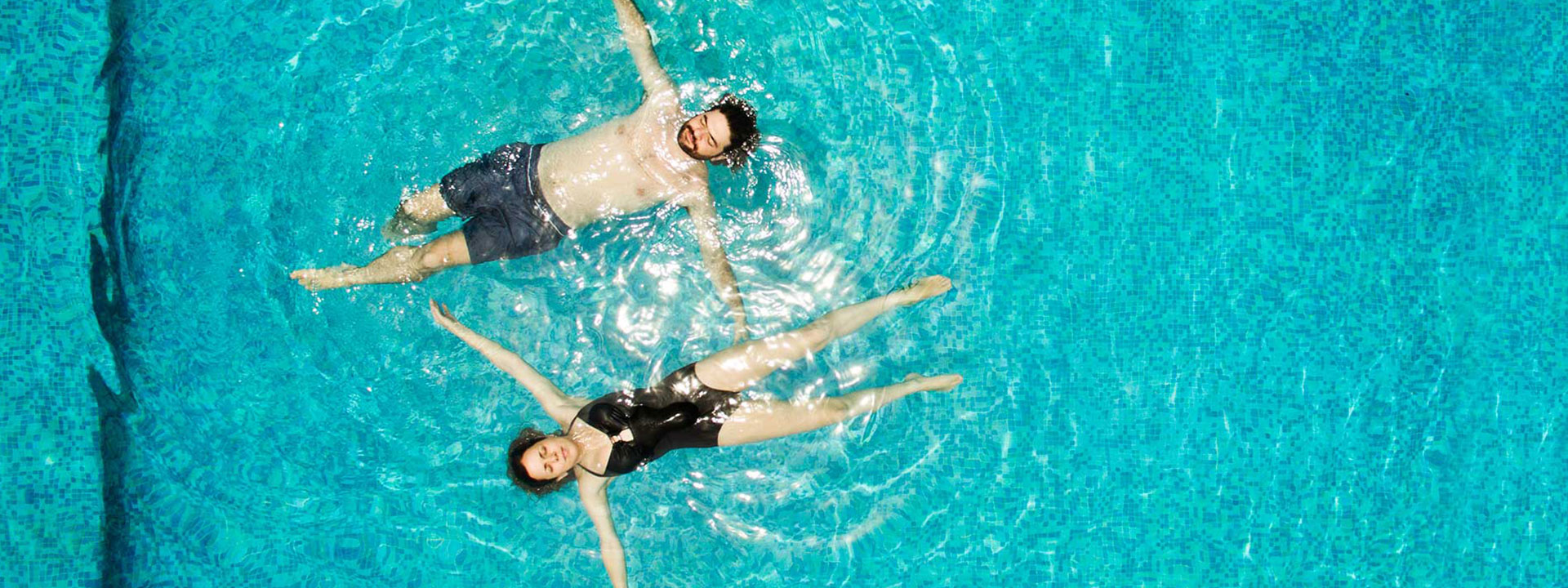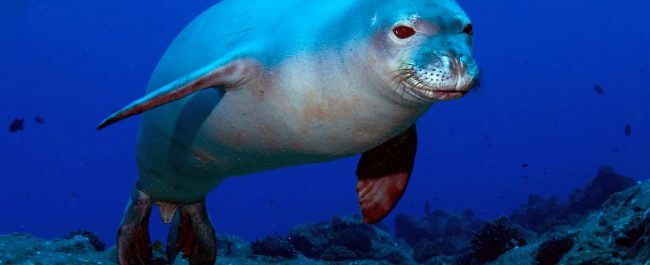The marine life of Ibiza
Secrets of the seabeds
One of the main attractions of Ibiza is its beaches and crystalline waters, but … do you ever wonder who lives in them? We’ll be telling you form the azuLine Hotels blog.
The Ibizan Mediterranean coast is one of the most photographed in the world thanks to the diversity of turquoise shades that are found. As we told you in a previous post, this is due to the action of the Posidonia, which in addition to providing incredible shades of blue and green in our waters, serves as a powerful nutrient.
In this Mediterranean area we can find numerous marine species, especially in rocky bottoms and prairies of Posidonia.
Since we can find small rocky coves in the vast majority of the Ibizan coast, various typical rock species, such as eels, octopuses, squids and crabs, can be found.
A bit further away from the rocks but without having to go too far out, it is very common to find giltheads, groupers, seahorses and starfish, jellyfish and sponges.
In deeper waters we can find larger species which also serve as a tourist attraction. The most common, and not too difficult to spot in the waters of Ibiza and Formentera, is the bottlenose dolphin, which can be seen both from the shore and from boats. Common dolphins or sperm-whales, though to a lesser extent, can also be seen.
Another curious inhabitant of these waters is the loggerhead turtle. This species comes in spring and can be found south of the island of Formentera. They come from Florida to Europe following the sea currents and they stay for a few months in waters between North Africa and the Balearic Islands which is where their highest number can be found. In the summer, they can be seen, a few miles from Formentera, sunbathing on the surface. Then, after a few months in the “Pitiusas” they migrate again towards the Atlantic.
A species that has been known to have inhabited these waters and used to be very common is the monk seal or “Vell Marí”. Many years ago it was very usual to find this species in the Mediterranean, so much so that peasants used their excellent skin to make sandals, hats and pouches for the cold winter.
Nowadays the situation is completely different and the monk seal is virtually extinct in the Mediterranean. Recently, four specimens have been discovered near the coast of Mallorca and repopulation tasks have already begun.
With luck we might be able to enjoy their beauty and charm again.






